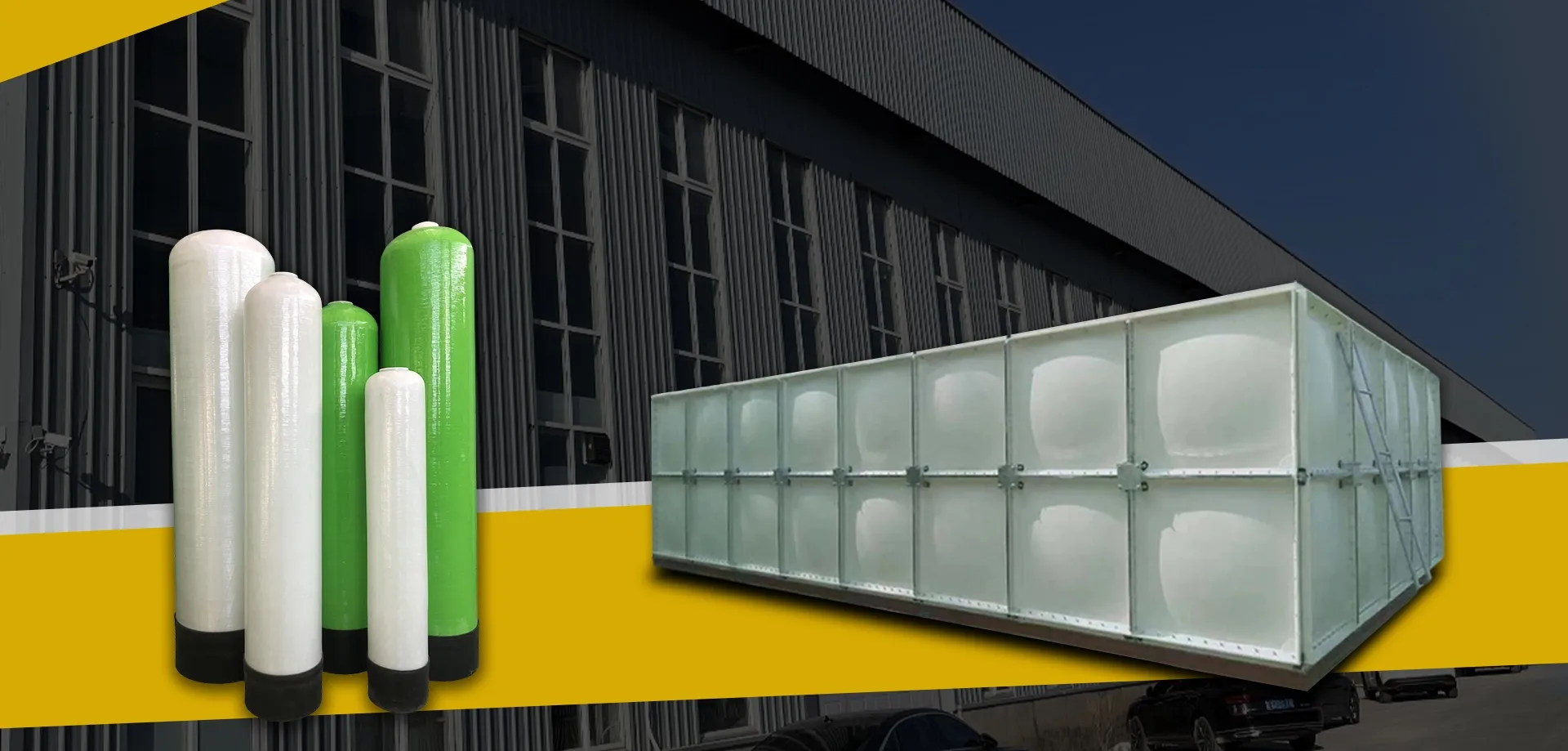loading...
- No. 9, Xingyuan South Street, Dongwaihuan Road, Zaoqiang County, Hengshui, Hebei, China
- admin@zjcomposites.com
- +86 15097380338
- Welcome to visit our website!
FRP Mesh Grating for Enhanced Strength and Versatility in Industrial Applications
Understanding FRP Mesh Grating A Versatile Solution for Modern Applications
Fiber Reinforced Polymer (FRP) mesh grating has emerged as a crucial material in various industries, thanks to its unique combination of strength, lightweight properties, and corrosion resistance. Composed of a polymer matrix reinforced with fibers, usually glass or carbon, FRP grating is designed to provide structural support while being easy to handle and install. This article will delve into the characteristics, benefits, applications, and installation considerations of FRP mesh grating.
Characteristics of FRP Mesh Grating
FRP mesh grating is known for its exceptional durability and resistance to chemical, UV, and moisture-related degradation. Unlike traditional materials such as steel or wood, which can corrode and deteriorate over time, FRP grating maintains its structural integrity even in the most demanding environments. The mesh structure allows for excellent load-bearing capabilities, distributing weight evenly across its surface.
Another vital characteristic of FRP mesh grating is its lightweight nature. This feature not only facilitates easier transportation and installation but also reduces the overall weight of structures, leading to lower foundation requirements. Furthermore, FRP is non-conductive, making it an ideal choice for applications where electrical safety is paramount.
Benefits of Using FRP Mesh Grating
One of the primary benefits of FRP mesh grating is its low maintenance requirement. Traditional materials often necessitate regular painting, sealing, or treatment to prevent decay and corrosion, leading to increased lifetime costs. In contrast, FRP grating requires minimal maintenance, often only needing occasional cleaning. This long-term cost-effectiveness, combined with its durability, makes it an attractive option for businesses aiming to reduce operational costs.
Additionally, FRP mesh grating can be tailored to meet specific project requirements. It is available in various colors, sizes, and configurations, allowing for customization to fit diverse design needs. The versatility of FRP grating also extends to its application across multiple sectors, including chemical processing, food and beverage, wastewater treatment, and marine industries.
frp mesh grating

Applications of FRP Mesh Grating
The applications of FRP mesh grating are extensive and varied. In industrial settings, it is commonly used for walkways, platforms, and stair treads due to its slip-resistant surface, which enhances safety in environments where spills may occur. Additionally, FRP grating is often utilized in corrosive environments, such as chemical plants or sewage treatment facilities, where traditional materials would fail quickly.
In the construction sector, FRP mesh grating is a popular choice for flooring in commercial buildings and parking structures. Its lightweight design reduces the load on beams and supports, allowing for more innovative architectural designs. Moreover, the use of FRP in flooring and decking can improve overall building energy efficiency, as it can contribute to lighter structures that require less energy for climate control.
Installation Considerations
Installing FRP mesh grating is generally straightforward, thanks to its lightweight and modular design. However, careful planning is critical to ensure that it meets the specific load requirements of the intended application. Proper support structures must be designed and installed to maximize the effectiveness of the grating.
While it does not require extensive maintenance, regular inspections can help ensure long-term performance, particularly in high-traffic areas or environments with harsh conditions.
Conclusion
FRP mesh grating represents a modern solution for a variety of challenges faced by industries today. With its impressive characteristics, undeniable benefits, and broad range of applications, it stands out as a versatile material that meets the demands of contemporary engineering and construction efforts. Embracing the use of FRP can lead to increased efficiency, reduced costs, and enhanced safety and durability in any project. As industries continue to evolve, FRP mesh grating will undoubtedly play a pivotal role in shaping the future of material applications.
-
The Rise of FRP Profiles: Strong, Lightweight, and Built to LastNewsJul.14,2025
-
SMC Panel Tanks: A Modern Water Storage Solution for All EnvironmentsNewsJul.14,2025
-
GRP Grating: A Modern Solution for Safe and Durable Access SystemsNewsJul.14,2025
-
Galvanized Steel Water Tanks: Durable, Reliable, and Ready for UseNewsJul.14,2025
-
FRP Mini Mesh Grating: The Safer, Smarter Flooring SolutionNewsJul.14,2025
-
Exploring FRP Vessels: Durable Solutions for Modern Fluid HandlingNewsJul.14,2025
-
GRP Structures: The Future of Lightweight, High-Performance EngineeringNewsJun.20,2025
